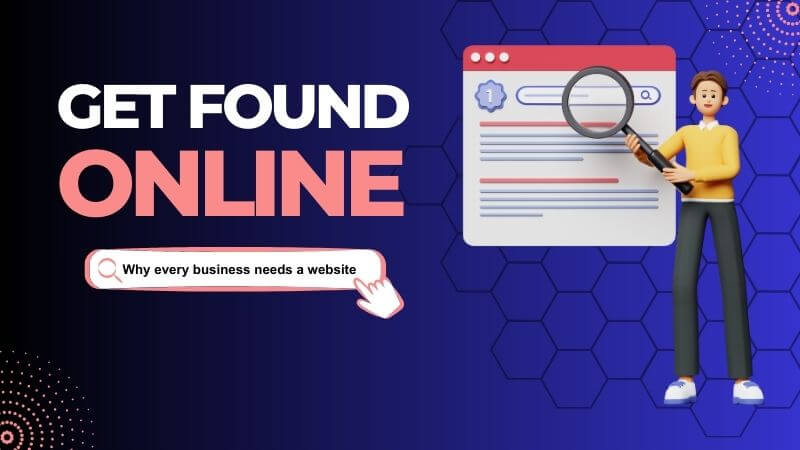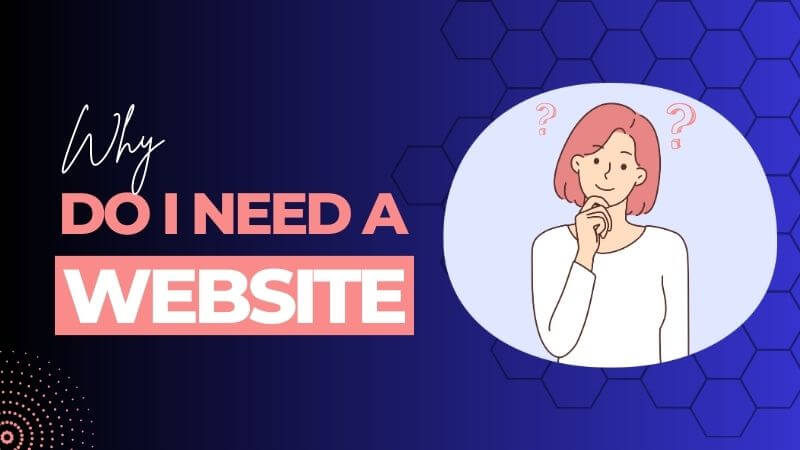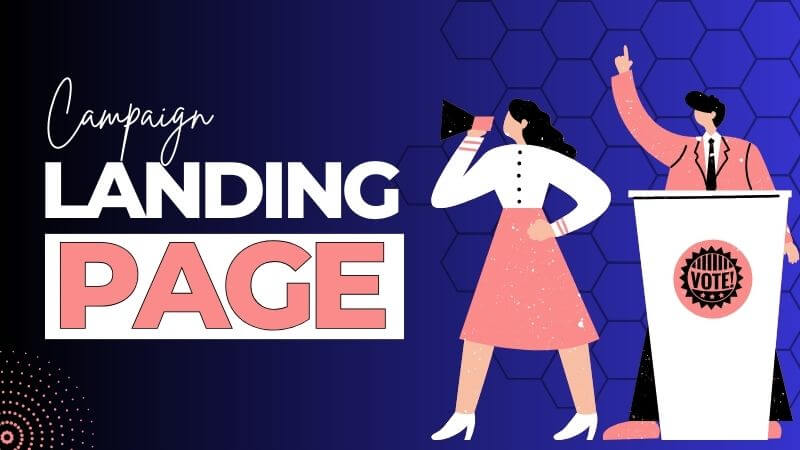Create a Website For Your Business [In 7 Easy Steps]

Taking an existing business online can feel easier said than done. In this guide, we’ll explain how to create a website for your business, breaking the process down into straightforward steps that anyone can follow regardless of their expertise.
To get started, here are the steps we’er going to consider:
- Decide the reason why you need a business website
- Research ways of building your business website
- Set a budget for creating your business website
- Create a layout for your business website
- Create your business website’s content
- Publish and test your business website
- Market your website
1. Decide the reason why you need a business website
Should people be able to buy a product from your business website? Should they be able to book an appointment? Or will your website just be a place where people can learn more about your business and what you do?
If you settle on a purpose for your website before you create it, you’re far more likely to end up with a website that actually does what you want it to.
When trying to create a website for your business, It’s a good idea to decide on the main purpose for your website, along with a list of features you’d like it to have.
If you’re not sure what features your site should have, research the websites of other businesses in the same sector as yours and use them to help inform your decision-making.
2. Set a budget for your website
How much are you willing to spend to create a website for your business? It’s a tough question to answer, especially if you’re not sure of the costs involved.
The price of a website can range from just a few hundred dollars a month for a simple website you build yourself, to thousands of dollars in upfront costs for a complex website created by a professional web designer.
If you’re looking to get a small business online, the amount you need to spend will be much nearer the bottom end of that range than the top end.
But it pays to understand how much a website costs and set a personal budget, so you don’t end up paying more than you need to for a website that does what you want.
Don’t forget, your budget should also include the cost of getting someone to create the website copy (a copywriter) for your web pages, unless you plan to create it all yourself.
3. Research ways of building your business website
There are a few options available to build your business website and it’s important you pick one that meets your needs.
If you lack technical skills, you’ll probably want to opt for a website builder tool like WIX or GoDaddy, a WordPress site with a built-in site builder feature, or hire a professional.
The advantages of a DIY option like a website builder are the ability to make changes to your site whenever you need to, and the low price compared to hiring a web designer.
However, If you decide to use a web designer, you’ll likely end up paying more for the finished product, but you’ll also be able to have them create a large, bespoke website with complex features.
Whether you opt for a DIY option or a web designer depends on how much you’re willing to spend and what you need your website to do.
If you have a list of features that you need your site to have, you can use it to help decide which is the right option for you.
Once you’ve found an option and provider that you like, you can start planning your website.
4. Create a layout for your business website
By now, you probably should already have a list of features that your website will need; but the question is where will those features appear on your site? And how will visitors to your site find their way around it?
So, sketching out a basic layout for your website will help you answer these questions and make the process of building your site easier.
If you’re not sure what your website layout should look like and what pages it should have, a great rule of thumb is to visit other websites in your niche and see how they’ve approached the issue.
But, for most websites, you’ll almost certain want your site to have:
- A homepage – a general page providing visitors with general information about your business and what it does.
- An about us page – a page giving more details about your business, its history, and the people behind it.
- A contact us page – a way for visitors to get in touch.
- If you’re planning to sell products online, you’ll also need product pages.
Then, you’ll also need to plan how visitors will navigate between the pages of your website.
5. Create your website’s content
Once you’ve planned your website, another step you need to take to create a website for your business is to start the process of creating the site content.
You’ll need written content and relevant images for each website page you’ve planned, as well as other content you want to include on your site such as logos and menu text.
Remember, you can always hire someone to write your website content for you if there’s a lot of it or you don’t feel comfortable writing it yourself.
You may also want to hire a professional photographer to provide high-quality images for your website. For example, a selection of good product photos can help convince website visitors to make a purchase.
6. Publish and test your site
Once you’ve got all your content ready, you can publish your business website and make sure that everything works in the way you expect.
If you’re using a DIY website builder like Wiz or GoDaddy, you’ll probably have everything in one place, where you just have to click on Publish to get your site online.
If you used a web designer, make sure they have everything they need to get your site up and running.
7. Market your business website
Once your website is launched, you need to make sure people know about it. You can do this by using techniques such as:
- Search engine optimization
- Social media marketing
- Email marketing
- Including your website details on physical branded items such as business cards.
Final Thoughts – create a website for your business
To create a website for your business, you either need to follow the steps outlined above or you hire a professional web designer.
Whichever one you decides, always have it in the back of your mind that having a website for your business will be one of the biggest investment you’ll make for your business growth, which will continue to pay you in years to come.
Contact us if you want our team of professional web designers to create a website for your business, or guide you through how best you can do it by yourself.





